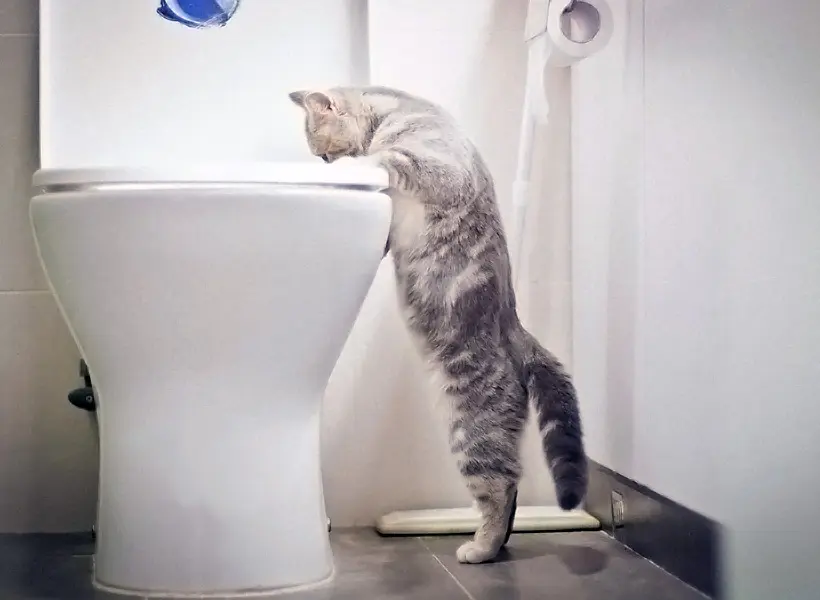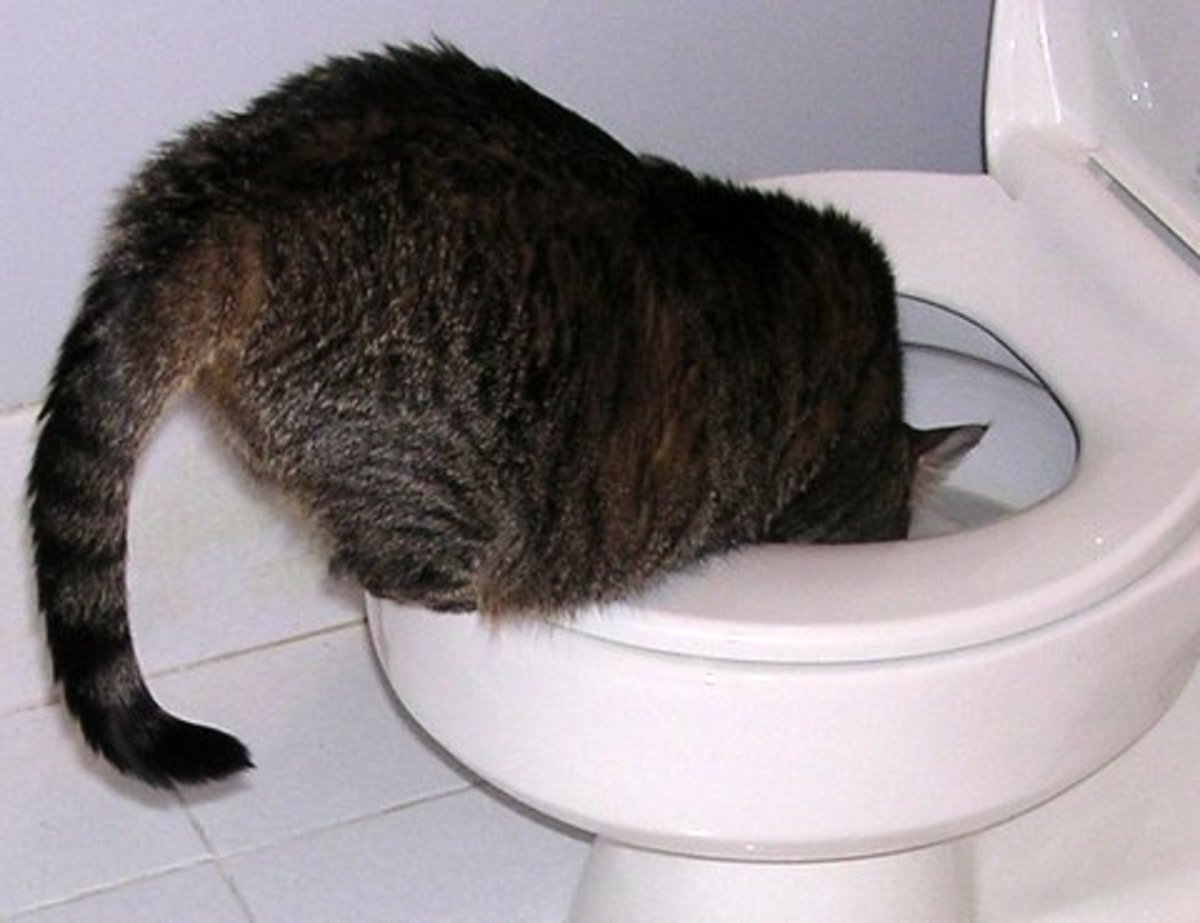My Significance of Not Getting rid of Animal Waste Down the Toilet
My Significance of Not Getting rid of Animal Waste Down the Toilet
Blog Article
Do you find yourself searching for suggestions on Should you flush animal waste down the toilet?

When it involves throwing away waste, particularly animal waste, many individuals typically consider the practical alternative of flushing it down the bathroom. However, this seemingly simple remedy can have significant consequences for the atmosphere and public health. In this write-up, we'll explore why flushing animal waste down the toilet is a poor idea and supply different approaches for correct disposal.
Intro
Correct garbage disposal is critical for keeping ecological sustainability and public health. While it might seem safe to flush animal waste down the toilet, it can lead to numerous concerns, both for the atmosphere and human well-being.
Threats of flushing pet waste
Environmental effect
Flushing pet waste introduces harmful microorganisms and microorganisms right into waterways, which can negatively affect water ecosystems. These microorganisms can contaminate water sources and harm marine life, interrupting delicate ecological communities.
Public health issues
Animal waste consists of harmful bacteria such as E. coli and Salmonella, which can position significant health risks to humans. Purging pet waste down the bathroom can pollute water products, bring about the spread of illness and infections.
Alternatives to flushing
Rather than flushing animal waste down the toilet, there are numerous different disposal methods that are a lot more environmentally friendly and sanitary.
Composting
Composting animal waste is an environmentally friendly way to dispose of it. By composting, raw material is broken website down into nutrient-rich dirt, which can be utilized to fertilize yards and plants.
Garbage dump disposal
Getting rid of animal waste in a land fill is one more alternative. While not as eco-friendly as composting, it is a much safer alternative to flushing, as it protects against the contamination of water resources.
Animal waste disposal systems
There are customized animal garbage disposal systems offered that securely and hygienically throw away animal waste. These systems commonly make use of enzymes to break down waste and eliminate smells.
Actions to proper animal garbage disposal
To ensure appropriate disposal of pet waste, adhere to these steps:
Scooping and nabbing waste
Consistently scoop and bag animal waste using naturally degradable bags. This stops waste from infecting the setting.
Making use of marked waste containers
Dispose of bagged pet waste in marked waste containers, such as compost bins or land fill containers. Prevent flushing it down the toilet at all prices.
Cleaning up litter boxes and pet locations regularly
Consistently clean litter boxes and pet dog areas to stop the buildup of waste and bacteria. Usage pet-safe cleaning products to maintain health.
Benefits of proper disposal techniques
Adopting correct disposal methods for animal waste supplies several advantages:
Reduced environmental pollution
Correct disposal methods minimize the risk of environmental pollution, safeguarding rivers and ecosystems from contamination
Lessened threat of water contamination.
By avoiding flushing animal waste down the commode, the threat of water contamination is substantially decreased, securing public health.
Boosted sanitation and health
Appropriate disposal approaches advertise far better hygiene and health, developing a more secure atmosphere for both people and animals.
Final thought
To conclude, flushing pet waste down the toilet is hazardous to the environment and public health. By adopting different disposal approaches and adhering to appropriate waste management methods, we can reduce the negative influence of pet waste and contribute to a cleaner, much healthier planet.
What To Do With Dog Poo – The Do's And Don'ts Of Disposing Of Faeces
Dog poo bins
Some councils provide dedicated dog waste bins in popular dog-walking areas that can take dog poo that has been bagged but you can legally dispose of dog waste in any public litter bin, as long as it is securely bagged. This also applies to your wheelie bin at home.
Do not flush
Water companies do not recommend flushing dog faeces down the toilet because certain parasites can survive the water processing treatment and are potentially harmful to humans. You should also never consider flushing dog poo that has been bagged down the toilet as the bags will not break down and instead create severe blockages in the sewage system.
In the woods
The Forestry Commission promotes a ‘stick and flick’ method for dealing with waste in the woods. This means finding a stick and using it to flick any poo from off the path so that it is out of the way of other walkers. You could also bury it as long as it is not in an area where there might be livestock.
Livestock
Parasites found in dog poo can be transmitted to livestock if they inadvertently eat infected faeces that has been left on grazing land. This could result in the death of sheep or abortion in cattle so you should always make sure you pick up your dog’s waste in fields where livestock could be present.

Consistently clean litter boxes and pet dog areas to stop the buildup of waste and bacteria. Usage pet-safe cleaning products to maintain health.
Benefits of proper disposal techniques
Adopting correct disposal methods for animal waste supplies several advantages:
Reduced environmental pollution
Correct disposal methods minimize the risk of environmental pollution, safeguarding rivers and ecosystems from contamination
Lessened threat of water contamination.
By avoiding flushing animal waste down the commode, the threat of water contamination is substantially decreased, securing public health.
Boosted sanitation and health
Appropriate disposal approaches advertise far better hygiene and health, developing a more secure atmosphere for both people and animals.
Final thought
To conclude, flushing pet waste down the toilet is hazardous to the environment and public health. By adopting different disposal approaches and adhering to appropriate waste management methods, we can reduce the negative influence of pet waste and contribute to a cleaner, much healthier planet.
What To Do With Dog Poo – The Do's And Don'ts Of Disposing Of Faeces
Dog poo bins
Some councils provide dedicated dog waste bins in popular dog-walking areas that can take dog poo that has been bagged but you can legally dispose of dog waste in any public litter bin, as long as it is securely bagged. This also applies to your wheelie bin at home.
Do not flush
Water companies do not recommend flushing dog faeces down the toilet because certain parasites can survive the water processing treatment and are potentially harmful to humans. You should also never consider flushing dog poo that has been bagged down the toilet as the bags will not break down and instead create severe blockages in the sewage system.
In the woods
The Forestry Commission promotes a ‘stick and flick’ method for dealing with waste in the woods. This means finding a stick and using it to flick any poo from off the path so that it is out of the way of other walkers. You could also bury it as long as it is not in an area where there might be livestock.
Livestock
Parasites found in dog poo can be transmitted to livestock if they inadvertently eat infected faeces that has been left on grazing land. This could result in the death of sheep or abortion in cattle so you should always make sure you pick up your dog’s waste in fields where livestock could be present.

I'm very involved in Should you flush animal waste down the toilet and I hope you enjoyed reading the new article. Sharing is nice. You just don't know, you might be helping someone out. I praise you for your time. Come back soon.
Website Report this page